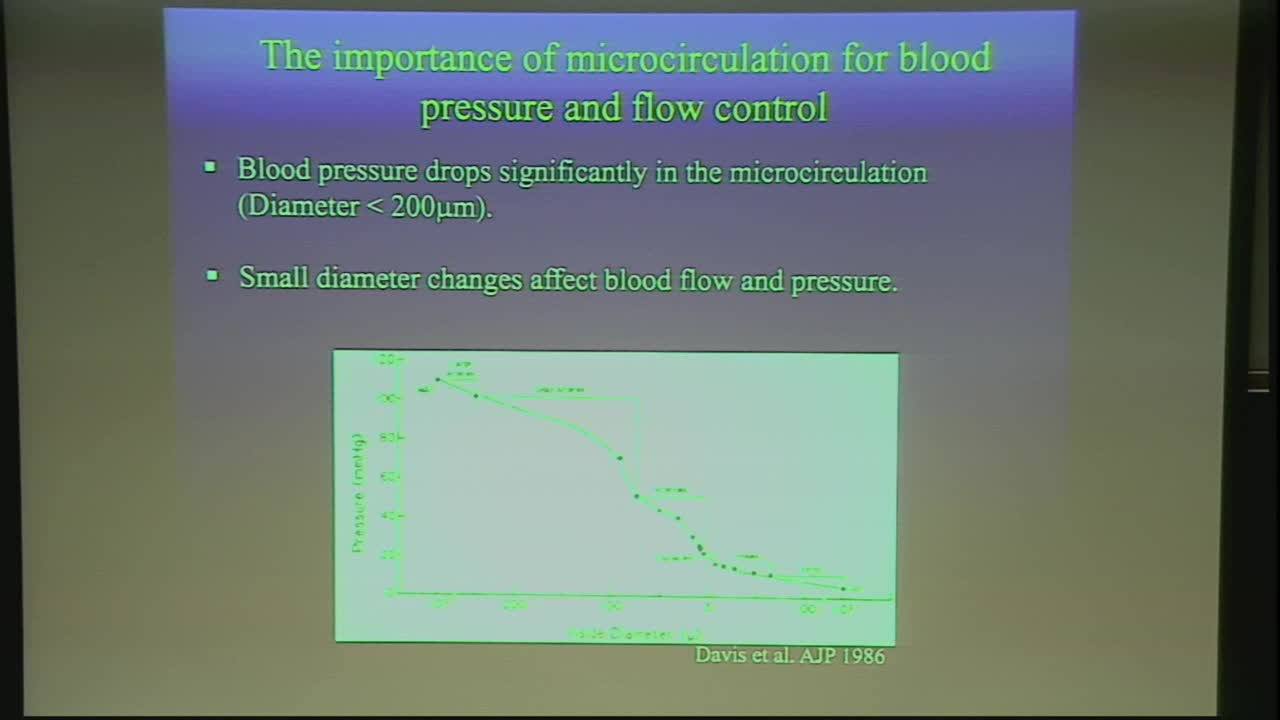A multiscale model of cerebral blood flow regulation: K+ mediated neurovascular coupling in capillaries and arteries.
Presenter
February 15, 2018
Keywords:
- Microcirculation; Neurovascular coupling; ascending vasodilation; calcium dynamics
Abstract
Neuronal activity leads to increases in local cerebral blood flow (CBF) to allow adequate supply of O2 and nutrients to active neurons. This process, termed neurovascular coupling (NVC), is essential for cognition and survival and is disrupted in neurodegenerative disorders. In addition, several functional neuroimaging techniques utilize NVC to probe brain function in animals and humans. Despite significant, but fragmented and sometimes contradictory findings, we are still far from reaching a comprehensive understanding of NVC. This prohibits us from a thorough understanding of normal brain function and from identifying critical failures in disease and interpreting functional imaging data. We develop computational models to fill this gap. A detailed, mechanistic and multiscale model relates macroscale functional responses and imaging scans to the underlying cellular level signaling. The model includes detailed models for Ca2+ dynamics and electrophysiology for the vascular cells involved; multicellular models of capillaries and parenchymal arterioles; and multi-vessel vascular networks predicting macroscopic changes in blood flow and tissue oxygenation following functional activation by K+. We examine the biophysical determinants that allow capillaries to sense modest elevations of K+ and transmit vasodilatory signals. We propose that capillary level NVC is feasible through mechanisms that promote regenerative signal propagation in a preferentially upstream direction in the microvascular network.
